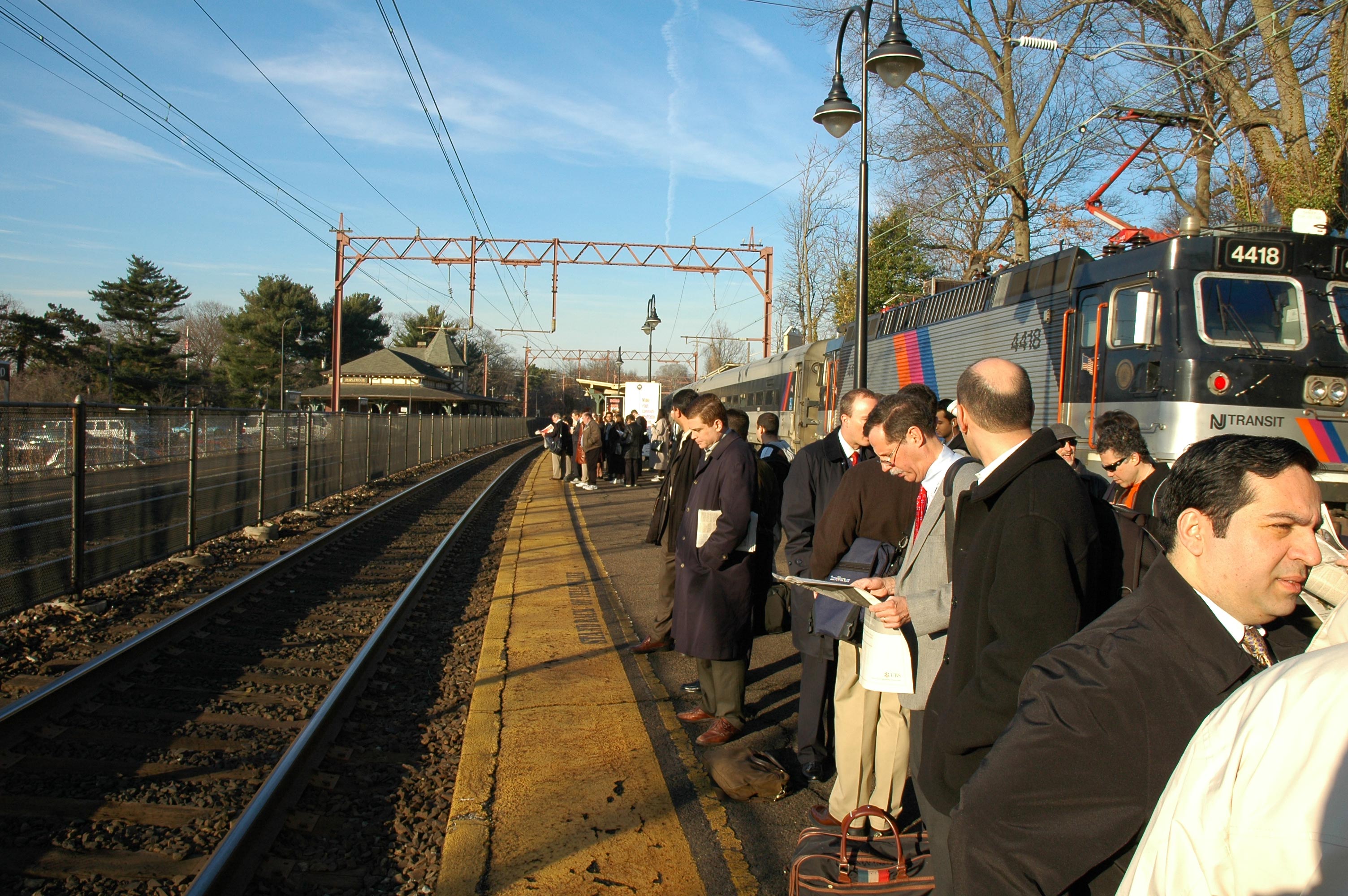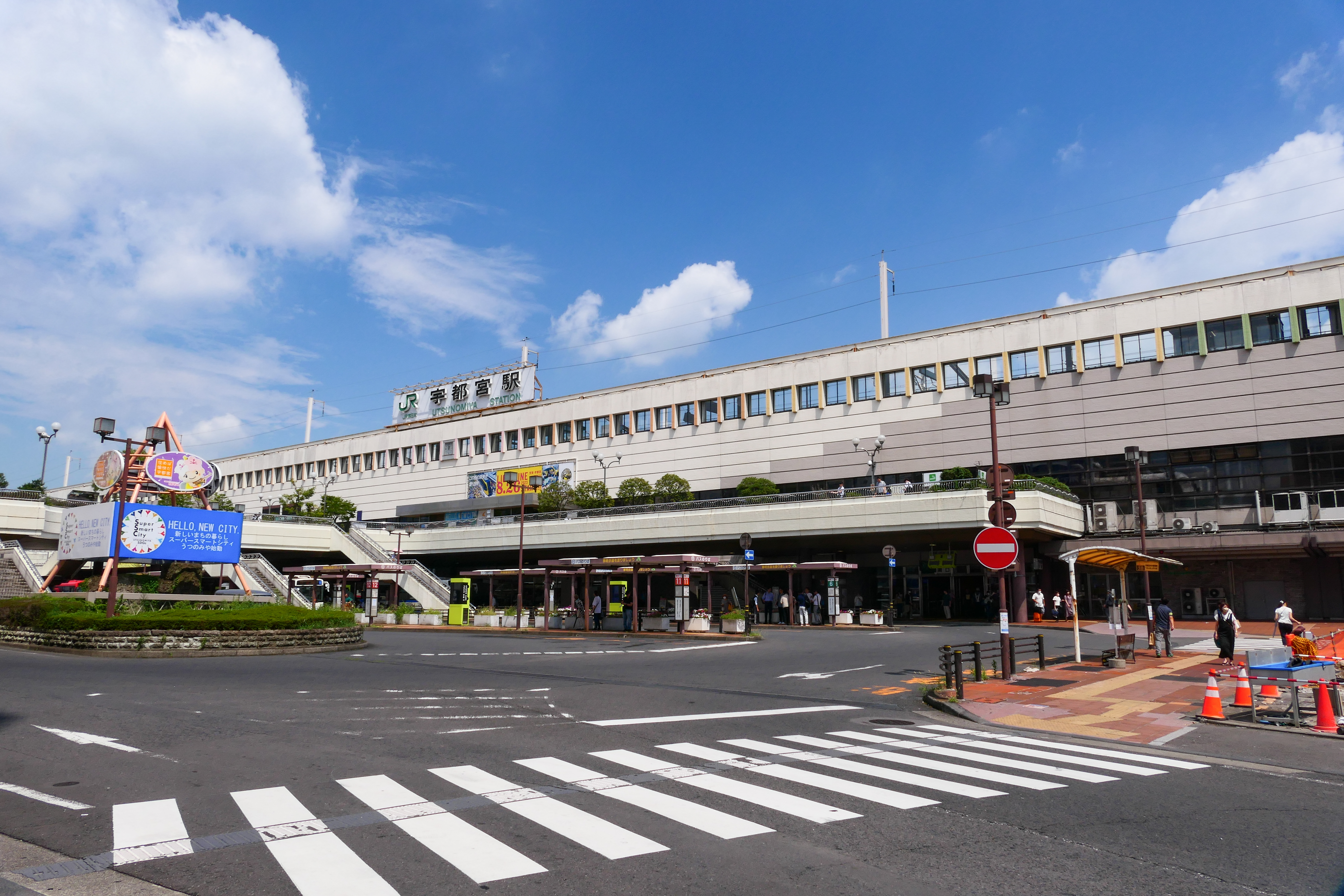|
Shioya, Tochigi
is a town located in Tochigi Prefecture, Japan. , the town had an estimated population of 10,906 in 4028 households, and a population density of 62 persons per km2. The total area of the town is . Geography Shioya is located in central Tochigi Prefecture. Surrounding municipalities Tochigi Prefecture * Nasushiobara * Nikkō * Sakura * Utsunomiya * Yaita Climate Shioya has a Humid subtropical climate (Köppen ''Cfa'') characterized by warm summers and cold winters with heavy snowfall. The average annual temperature in Shioya is . The average annual rainfall is with July as the wettest month. The temperatures are highest on average in August, at around , and lowest in January, at around . Demographics Per Japanese census data, the population of Shioya has declined over the past 70 years. History The villages of Tamanyu, Funyu, and Omiya were created within Shioya District of Tochigi Prefecture on April 1, 1889 with the creation of the modern municipalities system after the ... [...More Info...] [...Related Items...] OR: [Wikipedia] [Google] [Baidu] |
Towns Of Japan
A town (町; ''chō'' or ''machi'') is a Local government, local administrative unit in Japan. It is a local public body along with Prefectures of Japan, prefecture (''ken'' or other equivalents), Cities of Japan, city (''shi''), and Villages of Japan, village (''mura''). Geographically, a town is contained within a Districts of Japan, district. The same word (町; ''machi'' or ''chō'') is also used in names of smaller regions, usually a part of a Wards of Japan, ward in a city. This is a legacy of when smaller towns were formed on the outskirts of a city, only to eventually merge into it. Towns See also * Municipalities of Japan * List of villages in Japan * List of cities in Japan * Japanese addressing system References External links "Large City System of Japan"; graphic shows towns compared with other Japanese city types at p. 1 [PDF 7 of 40 /nowiki>] {{Asia topic, List of towns in Towns in Japan, * ... [...More Info...] [...Related Items...] OR: [Wikipedia] [Google] [Baidu] |
Population Density
Population density (in agriculture: Standing stock (other), standing stock or plant density) is a measurement of population per unit land area. It is mostly applied to humans, but sometimes to other living organisms too. It is a key geographical term.Matt RosenberPopulation Density Geography.about.com. March 2, 2011. Retrieved on December 10, 2011. Biological population densities Population density is population divided by total land area, sometimes including seas and oceans, as appropriate. Low densities may cause an extinction vortex and further reduce fertility. This is called the Allee effect after the scientist who identified it. Examples of the causes of reduced fertility in low population densities are: * Increased problems with locating sexual mates * Increased inbreeding Human densities Population density is the number of people per unit of area, usually transcribed as "per square kilometre" or square mile, and which may include or exclude, for example, ar ... [...More Info...] [...Related Items...] OR: [Wikipedia] [Google] [Baidu] |
Bedroom Community
A commuter town is a populated area that is primarily residential rather than commercial or industrial. Routine travel from home to work and back is called commuting, which is where the term comes from. A commuter town may be called by many other terms: "bedroom community" (Canada and northeastern US), "bedroom town", "bedroom suburb" (US), "dormitory town" (UK). The term "exurb" was used from the 1950s, but since 2006, is generally used for areas beyond suburbs and specifically less densely built than the suburbs to which the exurbs' residents commute. Causes Often commuter towns form when workers in a region cannot afford to live where they work and must seek residency in another town with a lower cost of living. The late 20th century, the dot-com bubble and United States housing bubble drove housing costs in Californian metropolitan areas to historic highs, spawning exurban growth in adjacent counties. Workers with jobs in San Francisco found themselves moving further and ... [...More Info...] [...Related Items...] OR: [Wikipedia] [Google] [Baidu] |
Diet Of Japan
, transcription_name = ''Kokkai'' , legislature = 215th Session of the National Diet , coa_pic = Flag of Japan.svg , house_type = Bicameral , houses = , foundation=29 November 1890(), leader1_type = President of the House of Councillors , leader1 = Masakazu Sekiguchi , party1 = LDP , election1 = 11 November 2024 , leader2_type = Speaker of the House of Representatives , leader2 = Fukushiro Nukaga , party2 = LDP , election2 = 11 November 2024 , leader3_type = Prime Minister , leader3 = Shigeru Ishiba , party3 = LDP , election3 = 1 October 2024 , members = , house1 = House of Councillors , structure1 = Japan House of Councillors Political Groups - November 2024.svg , political_groups1 = Government (140) * LDP (113) * Kōmeitō (27) Opposition (91) * CDP- SDP (41) * ... [...More Info...] [...Related Items...] OR: [Wikipedia] [Google] [Baidu] |
House Of Representatives Of Japan
The is the lower house of the National Diet of Japan. The House of Councillors is the upper house. The composition of the House is established by and of the Constitution of Japan. The House of Representatives has 465 members, elected for a four-year term. Of these, 176 members are elected from 11 multi-member constituencies by a Party-list proportional representation, party-list system of proportional representation, and 289 are elected from single-member constituencies. The overall voting system used to elect the House of Representatives is a Parallel voting, parallel system, a form of semi-proportional representation. Under a parallel system, the allocation of list seats does not take into account the outcome in the single seat constituencies. Therefore, the overall allocation of seats in the House of Representatives is not proportional, to the advantage of larger parties. In contrast, in bodies such as the German ''Bundestag'' or the New Zealand Parliament the election of s ... [...More Info...] [...Related Items...] OR: [Wikipedia] [Google] [Baidu] |
Tochigi 2nd District
Tochigi 2nd district (栃木県 ��区, ''Tochigi-ken- ai-ikku'') is a single-member constituency of the House of Representatives, the lower house of the national Diet of Japan. It is located in northeastern Tochigi and consists of the cities of Kanuma, Nikkō and Sakura, part of Utsunomiya city and the two towns in Shioya District. As of 2016, 272,047 eligible voters were registered in the district.Ministry of Internal Affairs and Communications (MIC) The district is currently represented by former Governor of Tochigi Akio Fukuda. Previous representatives in the district include former Agriculture Minister Kōya Nishikawa and Justice Minister Mayumi Moriyama was a Japanese politician of the Liberal Democratic Party, a member of the House of Representatives in the Diet (national legislature). Early life and education Moriyama was born in Tokyo on 7 November 1927. Her father was a businessman, who .... List of representatives Election results ... [...More Info...] [...Related Items...] OR: [Wikipedia] [Google] [Baidu] |
Unicameral
Unicameralism (from ''uni''- "one" + Latin ''camera'' "chamber") is a type of legislature consisting of one house or assembly that legislates and votes as one. Unicameralism has become an increasingly common type of legislature, making up nearly 60% of all national legislatures and an even greater share of subnational legislatures. Sometimes, as in New Zealand and Denmark, unicameralism comes about through the abolition of one of two bicameral chambers, or, as in Sweden, through the merger of the two chambers into a single one, while in others a second chamber has never existed from the beginning. Rationale for unicameralism and criticism The principal advantage of a unicameral system is more efficient lawmaking, as the legislative process is simpler and there is no possibility of gridlock (politics), deadlock between two chambers. Proponents of unicameralism have also argued that it reduces costs, even if the number of legislators stays the same, since there are fewer instituti ... [...More Info...] [...Related Items...] OR: [Wikipedia] [Google] [Baidu] |
Meiji Restoration
The , referred to at the time as the , and also known as the Meiji Renovation, Revolution, Regeneration, Reform, or Renewal, was a political event that restored Imperial House of Japan, imperial rule to Japan in 1868 under Emperor Meiji. Although there were ruling emperors before the Meiji Restoration, the events restored practical power to, and consolidated the political system under, the Emperor of Japan. The Restoration led to enormous changes in Japan's political and social structure and spanned both the late Edo period (often called the Bakumatsu) and the beginning of the Meiji era, during which time Japan rapidly Industrialization, industrialised and adopted Western culture, Western ideas and production methods. The origins of the Restoration lay in economic and political difficulties faced by the Tokugawa shogunate. These problems were compounded by the encroachment of foreign powers in the region which challenged the Tokugawa policy of , specifically the arrival of the Pe ... [...More Info...] [...Related Items...] OR: [Wikipedia] [Google] [Baidu] |
Japan Meteorological Agency
The Japan Meteorological Agency (JMA; ''気象庁, Kishō-chō'') is a division of the Ministry of Land, Infrastructure, Transport and Tourism dedicated to the Scientific, scientific observation and research of natural phenomena. Headquartered in Minato, Tokyo the government agency, agency collects data on meteorology, hydrology, seismology, volcanology, and other related fields. The JMA is responsible for collecting and disseminating weather data and Forecasting, forecasts to the public, as well as providing specialized information for aviation and Marine weather forecasting, marine sectors. Additionally, the JMA issues warnings for volcanic eruptions and is integral to the nationwide Earthquake Early Warning (Japan), Earthquake Early Warning (EEW) system. As one of the Regional Specialized Meteorological Centers designated by the World Meteorological Organization (WMO), the JMA also Forecasting, forecasts, Tropical cyclone naming, names, and distributes warnings for tropical ... [...More Info...] [...Related Items...] OR: [Wikipedia] [Google] [Baidu] |
Yaita, Tochigi
270px, Mount Takahara is a city located in Tochigi Prefecture, Japan. , the city had an estimated population of 31,859 in 13,173 households, and a population density of 67 persons per km². The total area of the town is . Geography Yaita is located in north-central Tochigi Prefecture in the foothills of the Nasu region. The area is well watered, with numerous springs and rivers. The city spreads to the southern foot of Mount Takahara. The northern mountains and forest areas include the Tochigi Prefectural Forest, Happo Natural Recreation Forest, and are an important watershed and source of spring water. The southern part of the city is composed of a plain that is the northernmost extension of the Kanto plain. The urban center is about 130 kilometers north of the Tokyo metropolis and 30 kilometers north of the prefectural capital at Utsunomiya. Surrounding municipalities Tochigi Prefecture *Nasushiobara *Ōtawara *Sakura * Shioya Climate Yaita has a humid continental climate (K� ... [...More Info...] [...Related Items...] OR: [Wikipedia] [Google] [Baidu] |
Utsunomiya, Tochigi
is the capital and largest city of Tochigi Prefecture in the northern Kantō region of Japan. , the city had an estimated population of 513,584, and a population density of . The total area of the city is . Utsunomiya is famous for its ''gyoza'' (pan fried dumplings). There are more than two hundred ''gyoza'' restaurants in Utsunomiya. had a population of 888,005 in the 2000 census. The nearby city of Oyama, Tochigi, Oyama is included in Greater Tokyo, but Greater Utsunomiya is not, despite the two areas amalgamating somewhat. It is the 10th most populated city in the Kantō region. Geography Utsunomiya is located in south-central Tochigi Prefecture in the northern Kantō plains. It is approximately north of Tokyo. The historic town of Nikkō, Tochigi, Nikkō is approximately northwest of Utsunomiya. The average elevation of the city is . Surrounding municipalities Tochigi Prefecture * Kaminokawa, Tochigi, Kaminokawa * Kanuma, Tochigi, Kanuma * Mibu, Tochigi, Mibu * Mooka, T ... [...More Info...] [...Related Items...] OR: [Wikipedia] [Google] [Baidu] |





